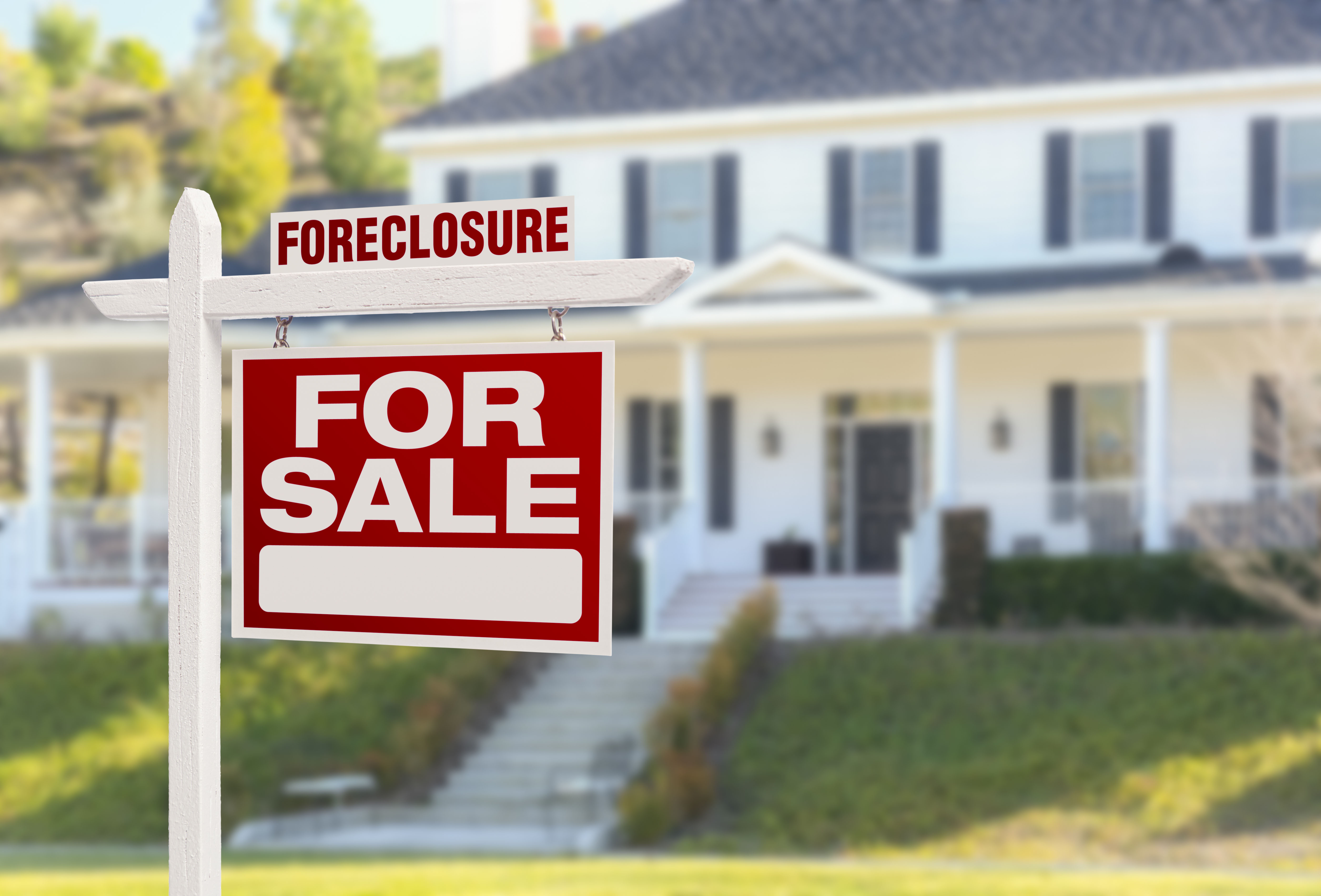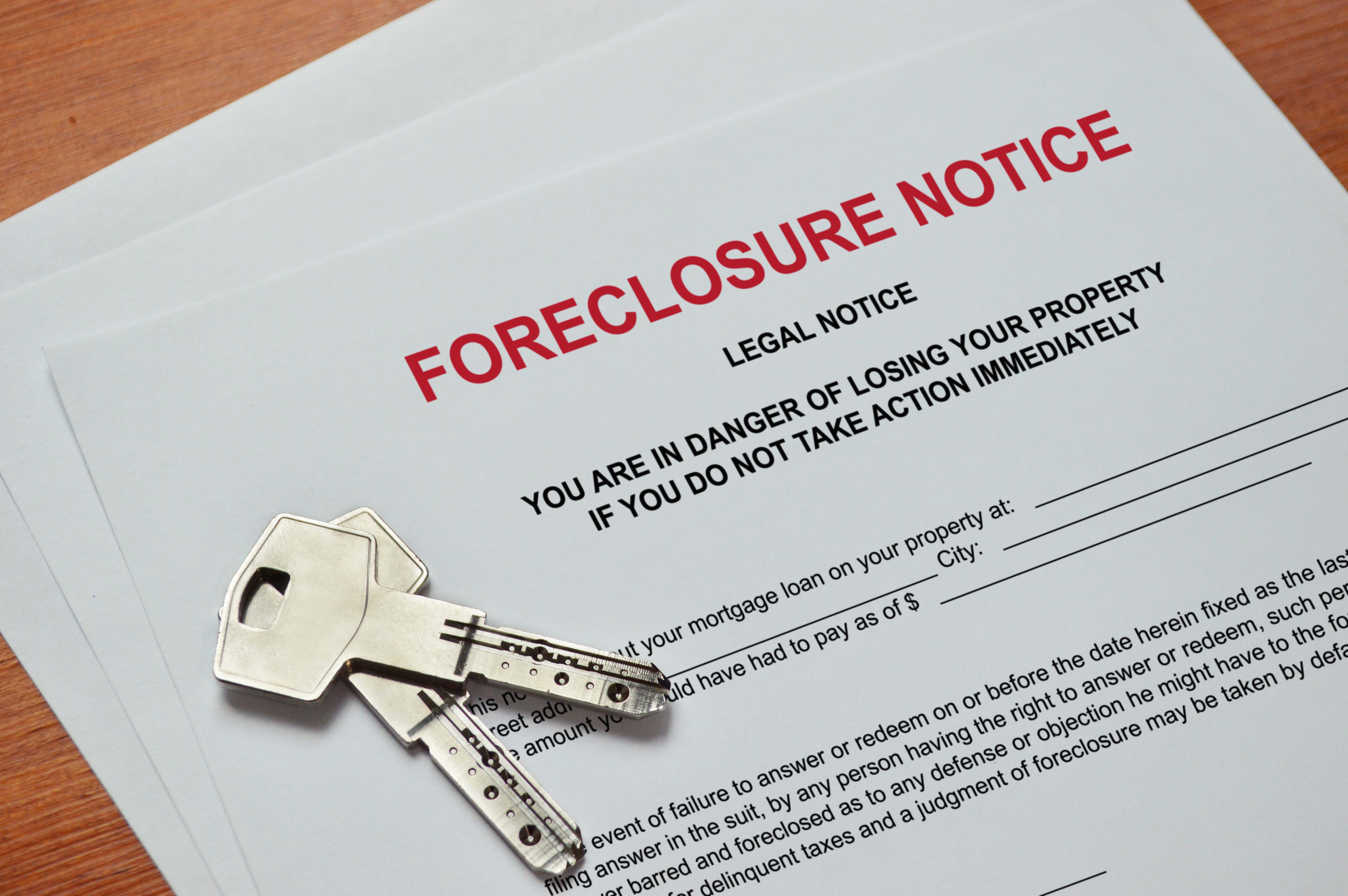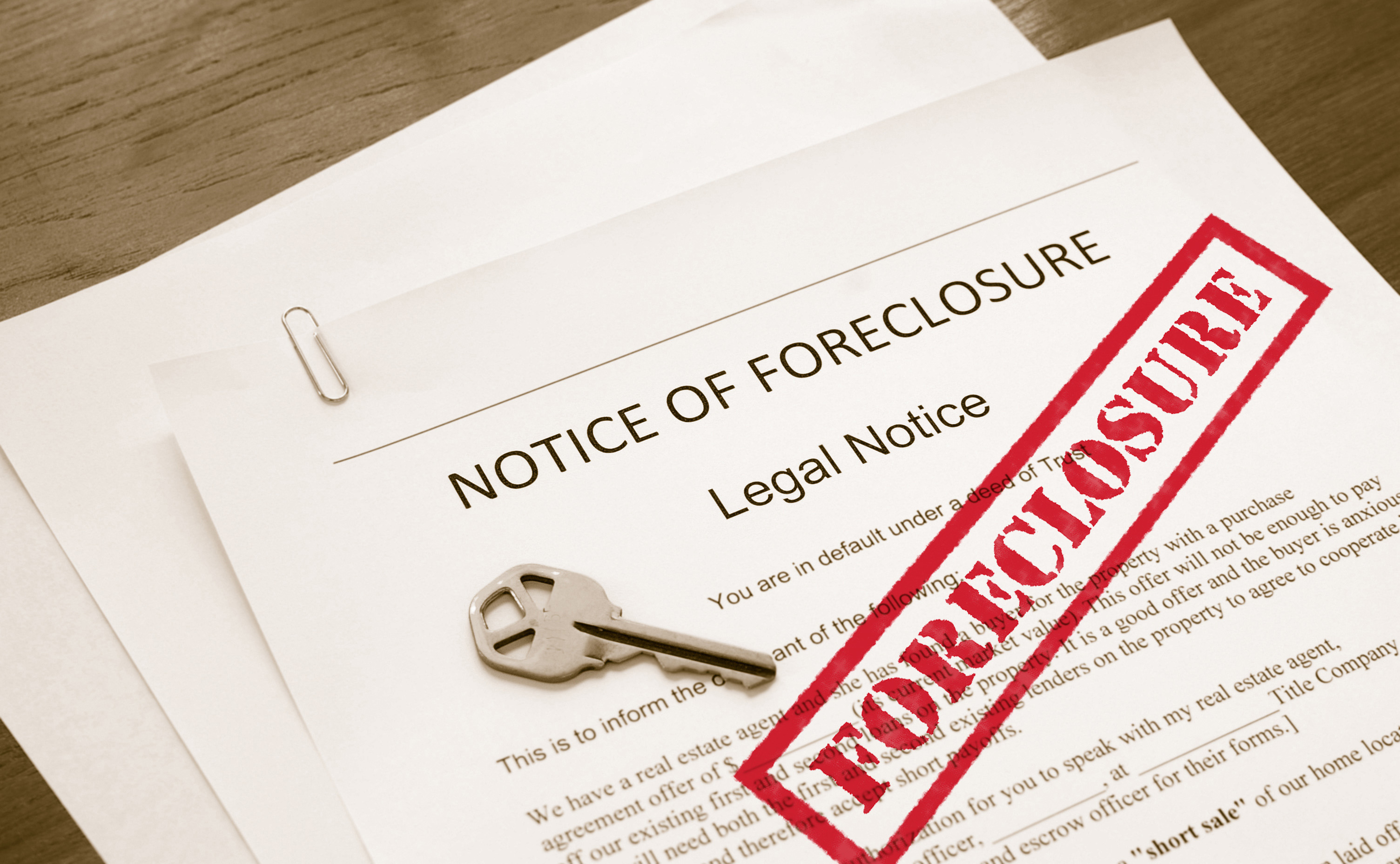
In real estate, few situations can be as challenging as facing foreclosure. Foreclosure happens when someone borrows money and uses their property as a guarantee but then stops making payments. The lender, who gave the money, tries to get their money back by selling the borrower's property.
In the context of homeownership, this means the possibility of losing one's home.
Understanding the California foreclosure process is not just crucial for those living in the Golden State, but also for students in real estate license school who are preparing to assist clients facing foreclosure or those interested in purchasing foreclosed properties. I wanted to write an article to delve into California's non-judicial (common) and judicial (super-rare) foreclosure processes, offering insights into what homeowners and real estate agents can anticipate during each step.
While this article can’t possibly cover every edge case or scenario, it serves as a starting point to help you learn about these concepts. This applies whether you're trying to avoid foreclosure, thinking about buying a foreclosed property or guiding a client through this challenging time.
Legal Framework for Foreclosure in California
Understanding the foreclosure process in California necessitates a look into its legal framework. The state's foreclosure proceedings are primarily governed by the California Civil Code 2924, which outlines the procedures lenders must follow when borrowers default on their mortgage payments.
The California foreclosure process falls into two categories: non-judicial and judicial foreclosures. Non-judicial foreclosures (as the name implies) occur outside of court, the most common type in California. The lender can initiate this process if the promissory note and deed of trust include a "power of sale" clause, permitting them to sell the property to recoup the outstanding loan balance following a default.
On the other hand, judicial foreclosures, though less common, involve a court proceeding. In this case, the lender files a lawsuit against the borrower to recover the unpaid mortgage balance. Understanding these two types of foreclosure processes is not only crucial for managing foreclosure situations effectively, but it also forms a critical part of the real estate exam that aspiring professionals must pass. In the following sections, I will delve into each process separately, providing a step-by-step overview of what homeowners and real estate professionals can expect.
III. Non-Judicial Foreclosure Process

Non-judicial foreclosure is the most common type of foreclosure in California, and it doesn't involve court action. This process is usually used when a power of sale clause exists in a mortgage or deed of trust. Here's a brief overview of the steps involved:
Remember, the non-judicial foreclosure process has no right of redemption following the trustee’s sale and the sale is final.
IV. Judicial Foreclosure Process

While less common in California, a judicial foreclosure process comes into play when a mortgage does not include a 'power of sale' clause. It involves court proceedings and provides the borrower with a statutory right of redemption. Here are the main steps:
Understanding the judicial foreclosure process helps homeowners and real estate professionals to navigate these complex proceedings better.
V. Foreclosure Timeline in California
In California, the foreclosure timeline can vary greatly depending on whether it's a non-judicial or judicial foreclosure. I’m going to break down each process to provide an estimated timeline.
Non-Judicial Foreclosure Timeline: The non-judicial foreclosure process can take approximately 120 days. It begins with a Notice of Default, recorded after a borrower defaults on their mortgage payment. The borrower has roughly three months (90 days) to pay the overdue amount. If the borrower cannot rectify the situation within these 90 days, the lender will record a Notice of Trustee's Sale. The property can be auctioned 21 days after the Notice of Trustee's Sale is recorded. However, remember that many lenders delay the process, and it could take several months to a year or longer from the initial default.
Judicial Foreclosure Timeline: A judicial foreclosure is typically much longer than a non-judicial foreclosure, often taking more than a year. The process begins with the lender filing a lawsuit, and the timeline then depends on court schedules and the length of time it takes to serve the borrower. If the court rules in favor of the lender, the property is sold at a public auction. Following the sale, the borrower has a right of redemption that may last one year, during which they can pay the total amount owed to reclaim their property.
Factors Affecting the Foreclosure Timeline: Several factors can lengthen the foreclosure timeline, including:
Understanding the typical timelines and potential delays can assist homeowners and real estate professionals to navigate and plan accordingly during a foreclosure.
VI. Borrower's Rights and Protections
In California, borrowers have several rights and protections when facing foreclosure. Importantly, they have the right to be notified appropriately at every step of the foreclosure process, ensuring ample time to react or challenge the process. Additionally, they can attend and participate in the foreclosure sale. If a judicial foreclosure process is followed, borrowers have a statutory 'right of redemption,' allowing them to reclaim their property after the foreclosure sale.
Facing foreclosure is a challenging ordeal, but there are alternatives to explore:
Exercising these rights and options can help homeowners navigate the tricky waters of foreclosure, potentially avoiding it altogether. Knowledge is power; knowing your rights and options can make a significant difference when dealing with a possible foreclosure.
VII. Impact of Foreclosure
A foreclosure can have long-lasting impacts on a homeowner's financial situation and the community. For the homeowner, foreclosure negatively affects their credit score, making it more challenging to secure loans in the future. The foreclosure remains on the credit report for seven years and could lower the score by 85 to 160 points, according to Equifax. Furthermore, the ability to purchase a new home is affected; generally, a borrower must wait a while after a foreclosure to qualify for a new conventional mortgage.
The impacts extend beyond individual homeowners to the community and real estate market. Foreclosures can lead to decreased property values in the surrounding area, mainly if multiple foreclosures exist in the same neighborhood. The property often sits vacant for a time, potentially leading to neglect and disrepair. These circumstances can destabilize communities and reduce the area's appeal to potential buyers.
While the impacts of foreclosure are severe, awareness of these consequences can motivate homeowners to seek help early in the foreclosure process and explore options to avoid it.
Navigating the choppy waters of foreclosure can be overwhelming, but having a comprehensive understanding of the process can make the journey more manageable. I’ve discussed the California foreclosure process, explaining both non-judicial and judicial foreclosures and highlighting the vital legal framework in California that guides these processes. You also know about the typical timelines and potential delays and the rights and protections available to borrowers, including alternatives such as loan modifications, short sales, and deeds in lieu of foreclosure.
Remember, foreclosure can significantly impact a homeowner's credit, future homeownership opportunities, and the broader community and real estate market. Thus, it's essential to explore all options to mitigate these impacts.
Facing foreclosure is a complex process filled with legal intricacies, and every situation is unique. That's why seeking professional advice is essential when dealing with a potential foreclosure. Real estate professionals, credit counselors, and legal advisors can provide invaluable assistance, helping homeowners understand their options and make informed decisions.
Foreclosure is a challenging road, but with knowledge and the right support, homeowners can navigate this process more confidently, potentially finding alternatives to alleviate the situation.
As always, if you are interested in getting your real estate license, visit www.adhischools.com or call us at 888-768-5285.
Love,
Kartik
California Real Estate License Delays: How to Pass DRE Education Verification Fast
Holiday Home Sales: A Hidden Opportunity for Agents
What Happens When the DRE Denies Your License (and How to Fight Back)
Out-of-State Agents: Transferring a Real Estate License to California
Understanding DRE Form RE 226: How to Verify Your Experience for a California Broker’s License

Founder, Adhi Schools
Kartik Subramaniam is the Founder and CEO of ADHI Real Estate Schools, a leader in real estate education throughout California. Holding a degree from Cal Poly University, Subramaniam brings a wealth of experience in real estate sales, property management, and investment transactions. He is the author of nine books on real estate and countless real estate articles. With a track record of successfully completing hundreds of real estate transactions, he has equipped countless professionals to thrive in the industry.